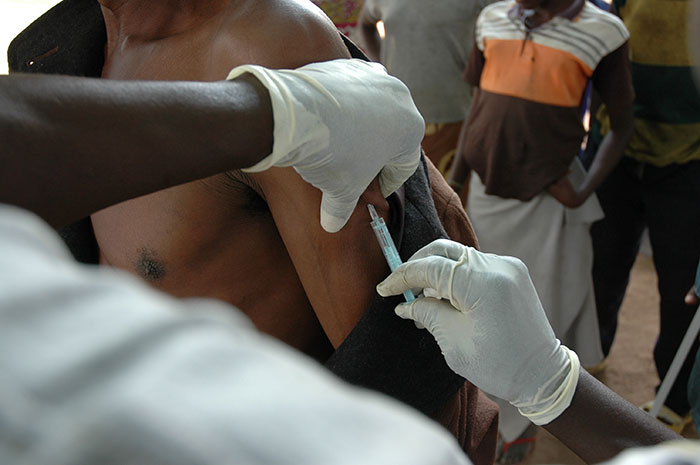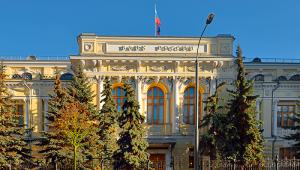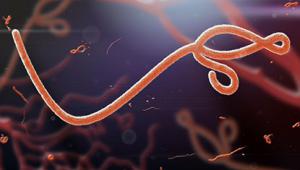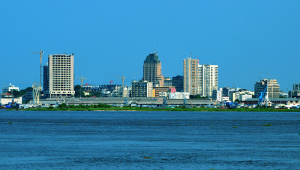web_yellowfevervaccination_istock_1527626_large.jpg

A man being vaccinated for yellow fever.
The World Health Organisation will coordinate the mass vaccination campaign beginning today across Angola and the Democratic Republic of Congo, where medical workers are battling to stop the disease reaching the densely populated capital Kinshasa, home to more than 10 million people.
Save the Children warned yesterday that if the disease takes hold in Kinshasa, the epidemic could soon spread to the Americas, Asia and Europe.
The campaign has only limited stocks of yellow fever vaccine and little hope of replenishment in time as the manufacturing process takes a minimum of six months.
People vaccinated will receive only one-fifth of the normal dose, which the WHO said will provide short-term protection for at least 12 months, covering people during the outbreak and helping to prevent it from spreading further.
“Protecting as many people as possible is at the heart of this strategy,” said William Perea, coordinator for the Control of Epidemic Diseases Unit at the WHO.
“With a limited supply we need to use these vaccines very carefully.”
The outbreak of the virus, which kills 15%-50% of those who develop severe symptoms, began in Angola in December 2015. Since then, there have been almost 4,000 suspected cases, 879 of which have been confirmed.
The virus then spread across the border to the DRC, where there have been 2,200 suspected cases and 68 confirmed. In the two countries, nearly 500 people are reported to have died.
The virus is spread by the Aedes Aegypti mosquito, which also carries the Zika virus. Symptoms at the beginning of infection include fever, muscle aches and vomiting, and in the final stages progress to bleeding from the eyes, ears and nose, jaundice and organ failure.
The outbreak is the largest to hit the region in three decades, and has completely decimated global emergency stocks of the vaccine. Save the Children pointed out there are only 7 million emergency vaccines available for the campaign – too few to cover Kinshasa, let alone all of the DRC or further afield.
Heather Kerr, Save the Children’s country director for the DRC, said the mass vaccination campaign is a last line of defence in trying to stop the virus “from spreading by land and air to more cities in Africa, and across the world”.
“There is no known cure for yellow fever, and it could go global,” she warned.
Almost 19 million doses of the vaccine, which provides lifetime immunity if given in a full dose, have been delivered to Angola and the DRC since January.
The emergency campaign hopes to vaccinate around a further 8 million people in Kinshasa before the September rains begin.
For some, the spread of the epidemic harks back to the failures of Ebola. In May, medical charity Médecins Sans Frontiéres pulled out of the first ever World Humanitarian Summit, convened in Turkey in order to tackle problems with the humanitarian system, citing mistakes during the Ebola epidemic and their repetition amid the yellow fever outbreak in Angola.













